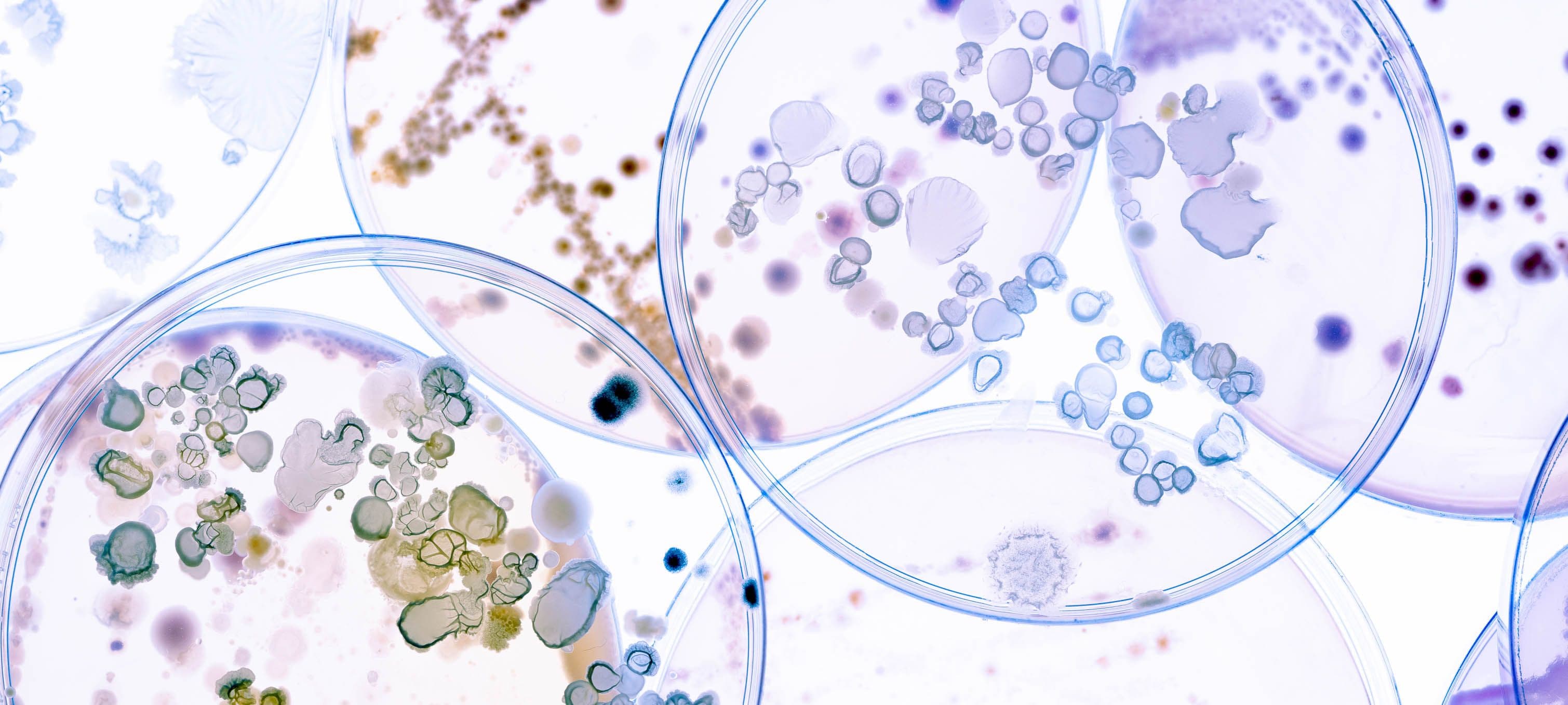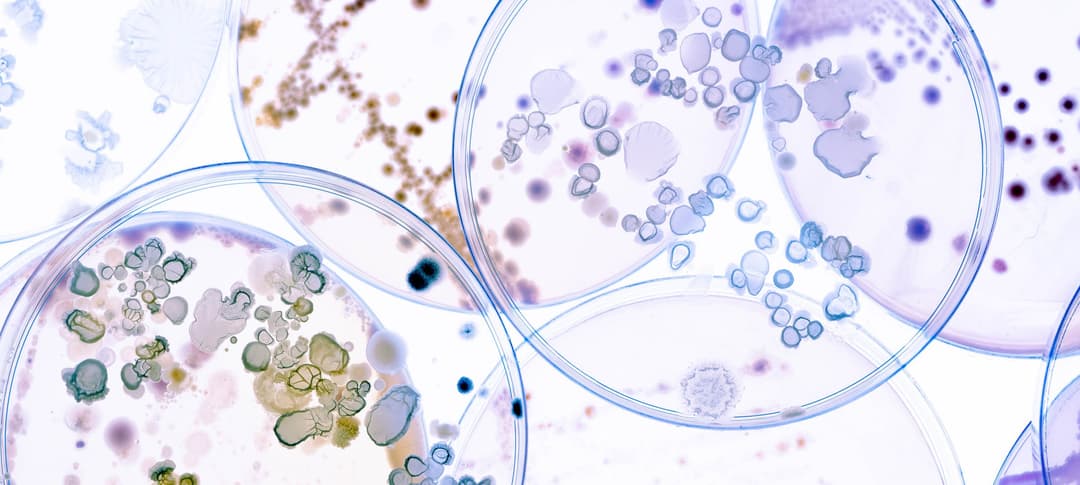

New technology to radically reduce the time taken to measure viable particle counts in air
New technology to radically reduce the time taken to measure viable particle counts in air
A relatively recent innovation - relevant for many industries, but particularly Life Sciences – is the development viable particle counters (viable particles are the alive particles which can form colonies).
At the recent Making Pharmaceuticals show in Coventry, their progress was showcased by GMP Microbiologist John Cobb of PMT (GB) who is experienced in the development of irradiated culture media, the design and validation of active air samplers and a leader in rapid microbial monitoring and root cause analysis.
The key issue he and his teams have been working to address are the length of time it takes using classical microbiology methods for environmental monitoring of air i.e. five days or more. These methods also have a very low recovery rate.
Annex 1 wants ‘real time and rapid’
Real time and rapid microbiological methods (RMM) are now encouraged by Annex 1 (sections 9.28 and 9.29 include information on the approval process for use of these counters), and can give an immediate response to the presence of bioburden. In other words, it enables you to see now and react now’ to excursion events as they happen or you can see trends in bioburden and be sure you are in control continuously.
There are a number of working groups looking at the technology, but original developments were both large and expensive. One aspect of John’s presentation at the show, however, was about his work with leading technology provider TSI, which has now produced a smaller, lighter and more economical solution called BAMS (Bio-Aerosol Monitoring System) for air sampling.
Something in the air…
BAMS is a Bio-Fluorescent Particle Counter (BFPC) capable of real time detection of inert particles and microorganisms in air samples.
The technology relies on one laser that can determine particle count, particle size and biological status simultaneously:
- Inert Particles: emit no fluorescence, but are enumerated and sized based on scattered light (detected by a photodiode).
- Biological Particles: emit fluorescence when excited by the 405nm laser (detected by the photomultiplier tube), while also producing scattered light.
Although some non-biological materials also emit fluorescence, the BAMS algorithm is capable of accounting for these false-positive signals.
A process that used to take days, now takes microseconds
Traditional technologies involve the growth-based analysis of contamination (using methods that may only capture 1% of the total contaminates in the sample), resulting in a measurement in CFUs where the unit is an estimate of the number of viable and culturable cells in a sample.
By contrast, the BAMS measures the absolute number of cells it comes into contact with, measured in Auto Fluorescent Units (AFUs) – which includes not only viable and culturable cells, but also viable but non-culturable, stressed and dead cells.
Offering continuous monitoring compatible with Annex 1, and ISO 21501-4 compliance, its key features include:
- 2.83 LPM
- Total particle and total biological counts in a range of size bins between 0.5um and 10um
- Continuous, real-time results without the need for reagents
- Compatibility with other MicronView devises for specific testing needs (BAS, EHPD, Robot)
- Portability with up to 6 hours of battery life
- 8” touchscreen usable with two layers of latex gloves
A couple of the case studies detailed in the presentation included:
- A review of a Pfizer hurricane recovery plan for efficient return to operation after an unexpected shutdown. While BAMS did not replace a HEPA Filter Integrity test – it was used to quickly identify filters that were likely to fail to enable proactive remediation.
- Installation in a Grade C Cleanroom to determine the impact and recovery time associated with a routine shut down of the HVAC system – it determined that the room came back to zero particle and biological count levels within 20 minutes, without the requirement for additional cleaning.
Another application included continuous monitoring of isolators – but the key message of the presentation were the multiple benefits offered by Autonomous Environmental Monitoring that BAMS represents:
- Eliminates Human Variability: consistent automated sampling improves reproducibility
- Continuous or Scheduled Monitoring: detects contamination trends in real time, on a designated schedule
- Reduces Labour Costs: Minimises personnel involvement, improving workflow efficiency
- Enhances Data Integrity: digital storage and automatic reporting ensure compliance with regulations
The company has also developed two robot systems to move the BAMS equipment around your cleanroom – one using a BAMS for Grades C and D, while another uses the system in conjunction with settle plates for Grades A and B sterile environments.
John reflected that robots will continue to evolve and become more commonly used – and that future systems will incorporate AI for predictive contamination control, improving response times and reducing false alarms. As automation becomes standard, agencies will refine regulatory guidelines to integrate with it - and future robots will offer seamless integration with advanced software systems to optimise facility-wide contamination control strategies and proactive, rather than reactive interventions.
These developments are very exciting. It just shows how rapidly our industry is moving – and we work hard to ensure we can take advantage of innovations where they can be of benefit to our clients.
— Toni HorsfieldTo talk to Toni about the potential these new technologies can offer, and what is available right now, call 0161 529 2816 or email sales@isocleanroom.co.uk to find out more.